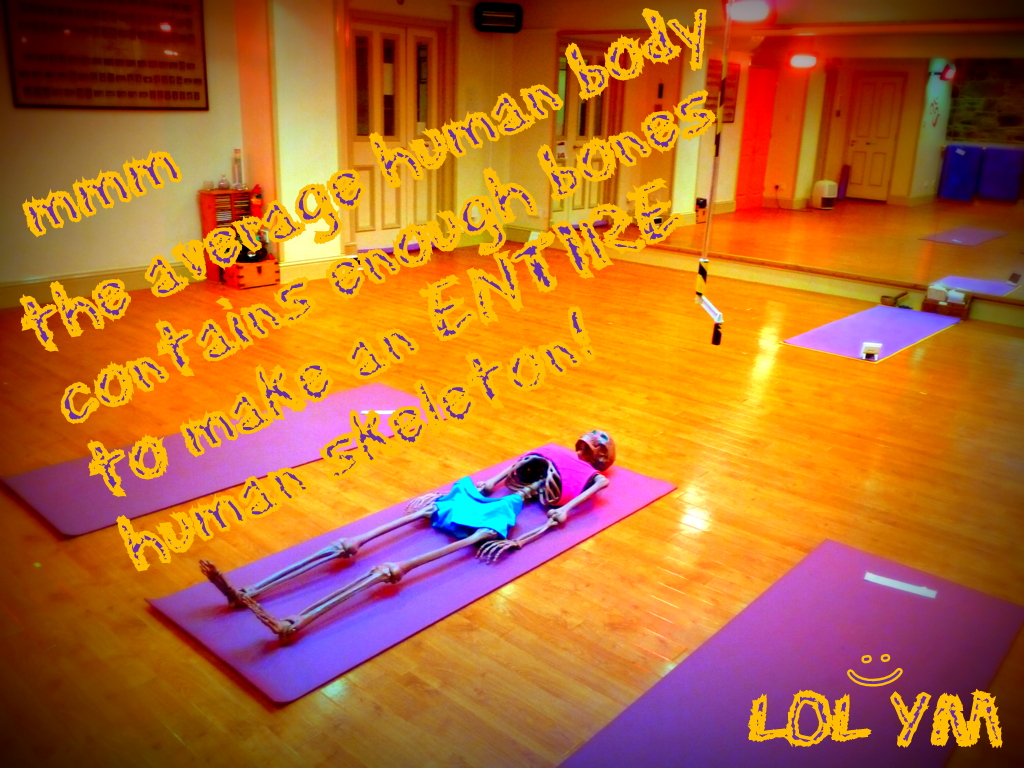We work on the 26/2 diligently, a group of people in our unique bodies.
We regulars know it is clearly not one size fits all. In this post I am focusing on the bony skeletal and its variations (not mis-alignments, just the bare bones 🙂 ) to present regular practitioners with food for thought on how this may affect YOUR ultimate expression of YOUR perfect Yoga posture. Before I start I acknowledge that skeletal variations do not ‘happen’ or ‘appear’ independently of the other body structures or systems but I isolate it here as it may help you accept that your perfect posture, all things being equal, may not look like the one you so admire in the book or even on the mat next to you. Pictures of ‘ideal’ poses are a terrific guide, but don’t get too attached to them as you set out to discover the boundaries of your flexibility.
We do not have the bones we were born with, they have long been replaced, but bone takes the longest to regenerate (7-10 years I have read) and it is unlikely that they will change enough to make a difference to your posture unless you are regimentally training them every day for those 7-10 years or more specifically training the forces that pull and hold them up (the muscles/connective tissue) to remodel them to hold to your perceived ideal. WHO would have the skill, focus, discipline, time or interest to try this outside of say a ‘scientific study’ basis. Would you know where to start? (Having said that, I believe your body is a tool and it must do your bidding. With the knowledge that the skeletal regenerates and never underestimating the power of the mind I am on my own little journey busy restructuring, it is not a scientific study and only time will tell on this point :).)
Practically speaking: An ideal skeleton model will display all of the joints in neutral positions at the same time. If we were all constructed to this presented ideal how easy it would be. We are not and on top of that many of us have to deal with other body systems adding distortions, twists and torques, poor postural habits all of which can manifest in mis-alignment, limited range of motion and reduced efficiency.
Should all this prohibit one from practicing Yoga? e.g. I heard a ballet company eliminated dancers based on x-rays that revealed skeletal limitations! Thankfully, Yoga isn’t like that :).
So it might seem the bones are the ultimate limiter, their proportions, their unique shapes. In Yoga you have to work with them as they are right now. I see anatomical differences in every class. Limitations due to tension, shortness in muscle, tendon or fascia or individuals’ skeletal structure. I cannot list here all the criteria for deciding on what is the limiter on the day for an individual there are so many. Oh, the frustration as a beginning Yoga student/teacher when starting out and finding every anatomy book showed different looking skeletons (because {ssssshhhhh!!!} EVERY body IS unique 🙂 ) and each book declared different degrees of ‘average’ mobility; it took a while to reconcile all the information from the different sources and understand that the best we can do as a bare bones instructor 😉 is teach ‘people’ to know their own body, trust their instincts and explore their own personal limits and become their own teacher in time. (I can say that many new practitioners have to work through the tensile limiters for a long time before the bony skeletal limiter crops up for attention.)
Mostly in beginning Yoga class you will be re-establishing your ‘good’ posture and training the muscles to hold you in your optimal alignment for your unique skeletal. The good posture model having being decided by some unknown person, sometime, somewhere past. And it is very nice. But maybe, all things having being equalized :), you still don’t quite fit the model. In our Bikram Yoga class you will be guided in your standing resting position on how to stand, open up and train to hold ‘your personal ideal’ relaxed upright position that places no stress on your skeletal. Initially if you have had ‘poor’ posture, this new ‘better’ posture might feel a bit strange, unnatural even. But as you calibrate, through regular practice you will normalise. After that, having developed a good body mind connection you will be able to assess for yourself what feels right for your unique body. You will then take charge. You will still be standing tall but under your terms. You will know what is right for you and that what you are feeling is right.
Once you have sorted all the muscles, tendons, fascial, postural issues, the skeleton may seem like the final frontier. But you may have to accept that it may be the skeleton that makes some postures ‘easy peasy lemon squeezy’ and others so hard. Compromises will have to be made. Learning to recognise and acknowledge that limiter and what it means for your posture and how you feel is something that takes time. The teacher will guide you to produce your best form, but ultimately you cannot and must not be dictated to do something that doesn’t feel right or hurts even! Remember! The rule of thumb I say practically every class – “if it doesn’t FEEL right don’t do it!” Follow the instructions but keep asking yourself how are you FEELING? {Perhaps further reading on this if you like? my blog Feel V. Force}
The good look of your final posture is largely a result of having optimal alignment {your optimal alignment}, with as many joints in neutral position as possible at any one time, but these will be unique to you and produce different looking postures from mat to mat. Different, unique, comfortable, ideal, PERFECT.
Ultimately in Yoga it is not where you are in the posture; it is HOW you are where you are in the posture
.
Om Om Om FEEL IT IN YOUR BONES
Namaste ~ Trisha

